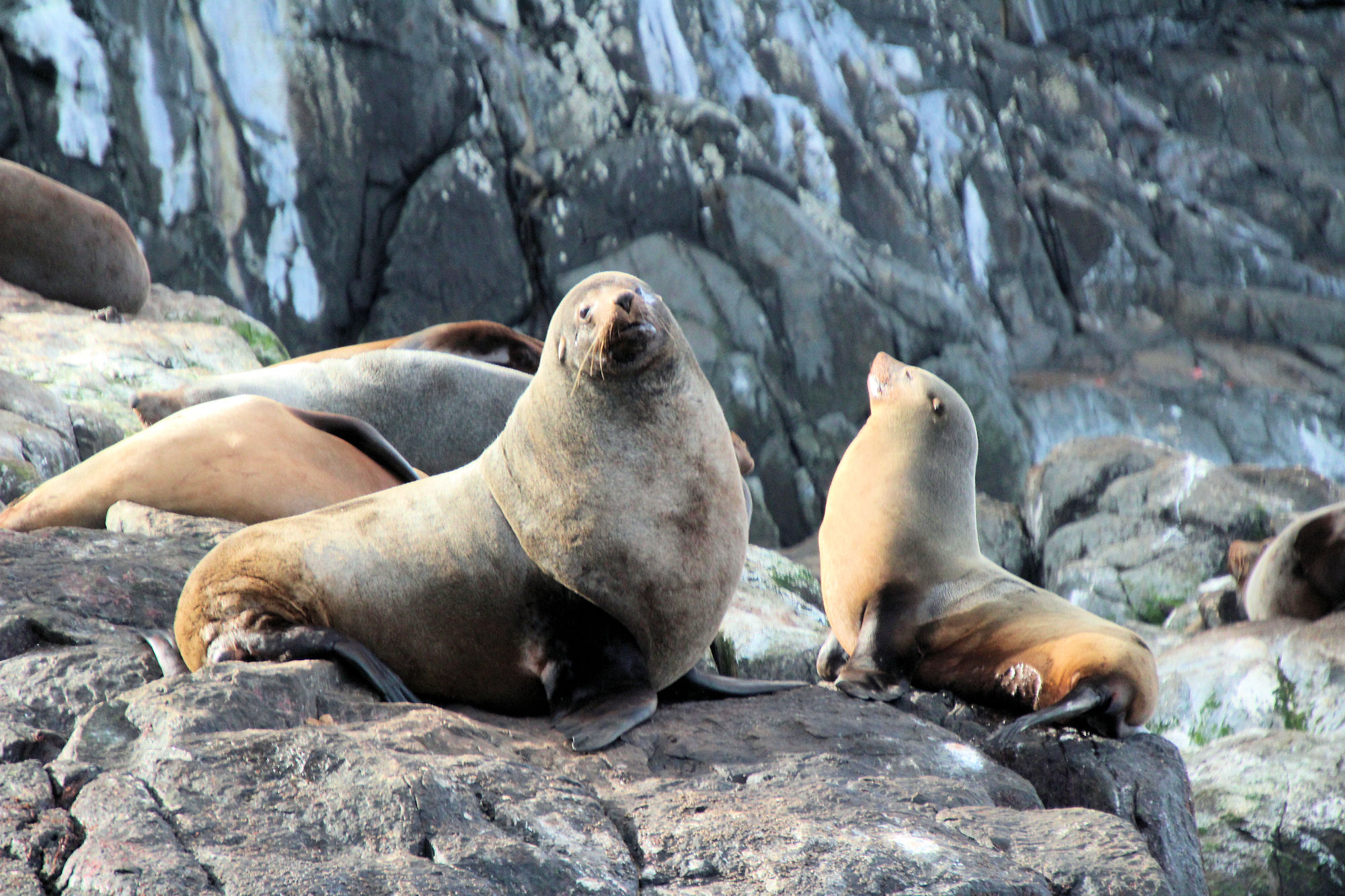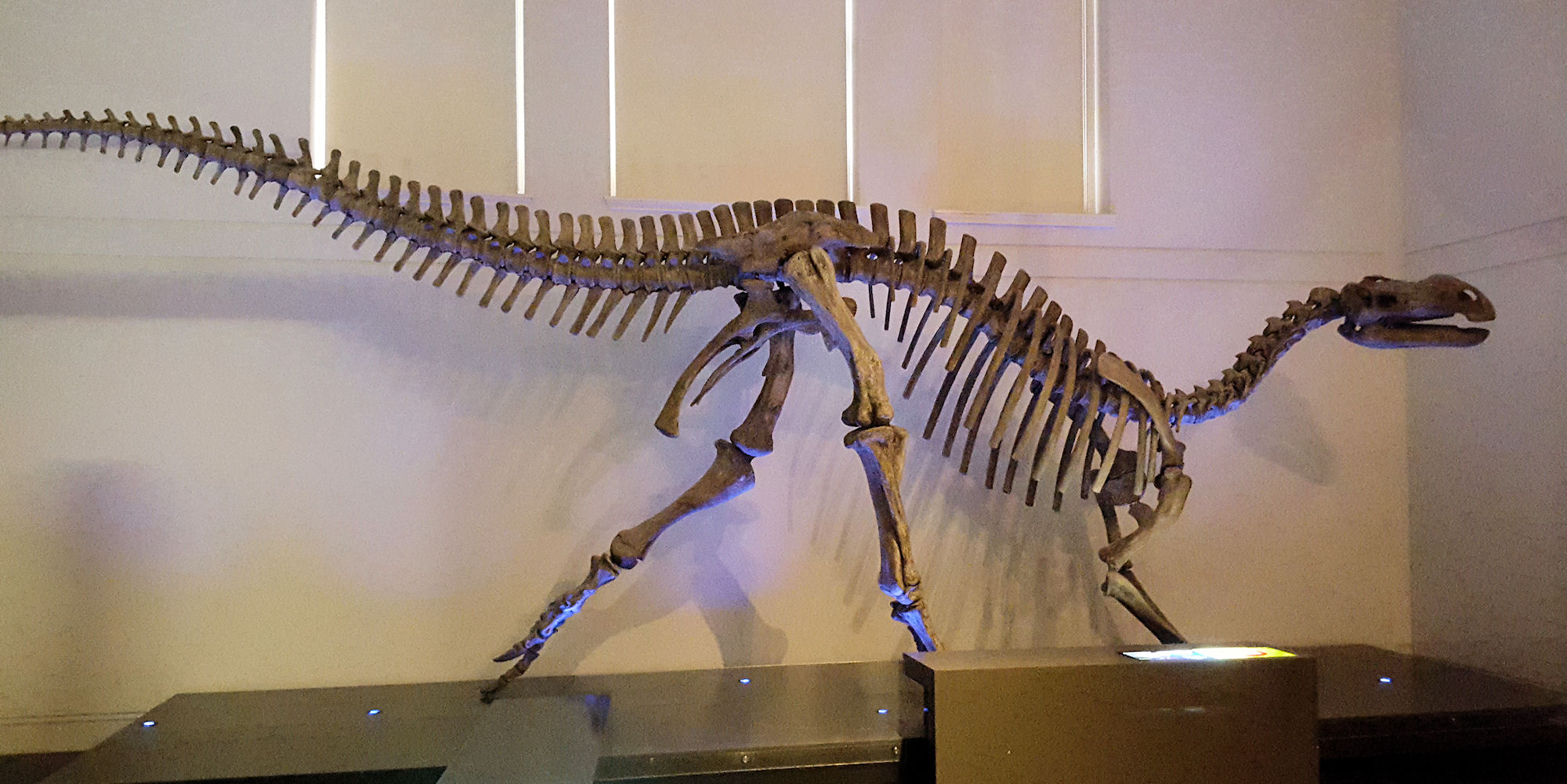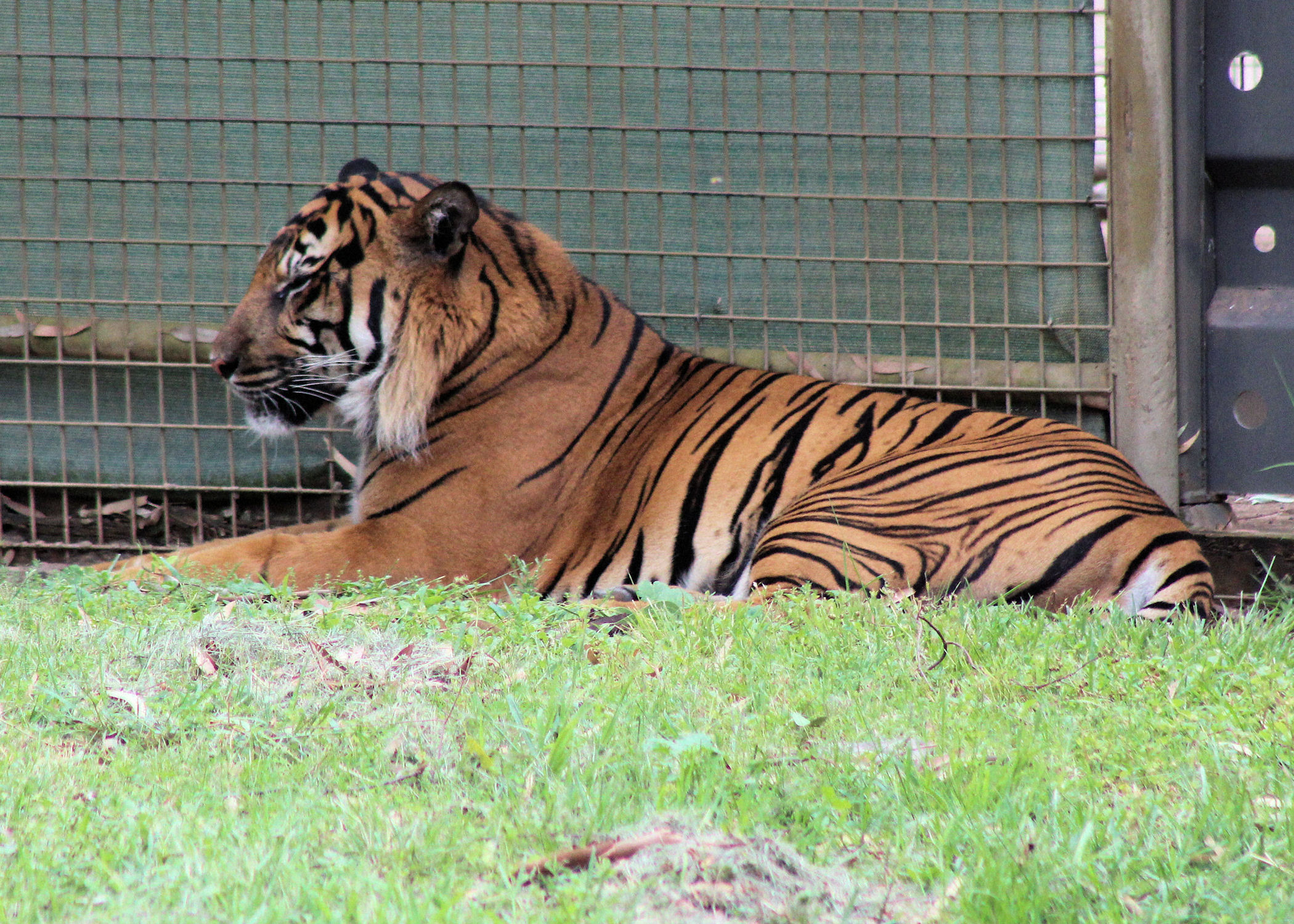Category: animals
-
Bruny Island Wilderness Cruise

Bruny Island Wilderness Cruise How to Get There The Bruny Island Wilderness Cruise leaves from Adventure Bay on Bruny Island. On arrival, park your car in the large carpark and make your way to the large building, where you check in and wait for the tour to start. From here, the guides will walk you… Read more
-
Australian Museum Sydney

Australian Museum Located near Hyde Park in the centre of Sydney, the Australian Museum is a wonderful place to spend a few hours wandering around the amazing displays. Designed by colonial architect Mortimer Lewis, the current building opening in 1857, although the museum’s collection dates back to 1827. An extensive refurbishment in 2021 has resulted… Read more
-
Taronga Western Plains Zoo Dubbo

Taronga Western Plains Zoo Located near Dubbo in the central west of New South Wales, Taronga Western Plains Zoo is one of Australia’s premier zoos. The zoo is home to over 5,000 animals from over 350 species, many of them rare and endangered. Taronga is part of an international breeding and conservation program to ensure… Read more